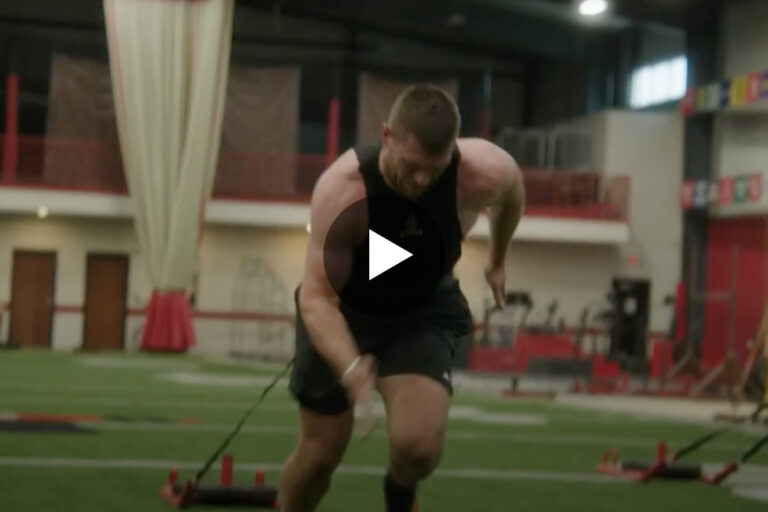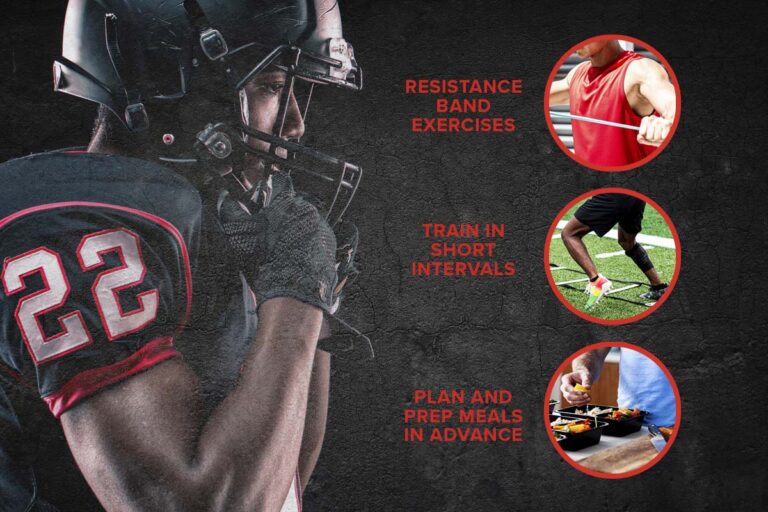Knowledge is power! Make sure you know these 6 key training terms to optimize your fitness.
1. FAILURE
Training to failure essentially means you are no longer able to perform an exercise without severely breaking form in order to use some type of mechanical advantage to perform more reps, like swinging a barbell upwards instead of strictly using the biceps to curl the weight upwards. Training to the point of muscle failure helps to increase the intensity of the training session and, when combined with proper nutrition and rest, creates favorable conditions for muscle growth.
Although training to failure can be a useful technique, it can also be harmful if used too often. Going to failure is very taxing on your body’s central nervous system and can, therefore, be difficult to properly recover from. Beginners shouldn’t be concerned with training to failure and should instead focus more on using proper form and then kicking up the intensity once they have more experience.
2. TEMPO
Tempo is an important factor to consider for resistance training. It refers to the speed that a certain movement is performed. Different types of tempo can be used depending on your goal. For example, when training to build muscle, the weight should be lifted explosively and then lowered in a slower and controlled manner. Alternatively, in plyometrics, you execute a movement explosively with little to no deceleration to help emphasize explosive speed.
3. DROP SETS
Drop sets are a training technique that helps you to step up the intensity of your training. When training, typically your last rep of every set should be very challenging – to the point that you probably would not be able to perform another rep with good form if you wanted to.
A drop set allows you to extend your set with more reps. It is performed by dropping the amount of weight you are using and then performing more reps. After your last rep of the set, simply reduce the weight by 20% to 30% and continue performing the exercise until you can no longer perform any more reps with good form.
4. UNILATERAL
Unilateral training means to train one side of the body at a time, for example, performing a dumbbell bench press with only one arm for one set of 10 reps and then switching to the other arm for another 10 reps. Training the entire body in unison (bilaterally) allows you to use much more weight than if you were training unilaterally. Most unilateral exercises force you to use more stability, since the weight is harder to control, like a single leg pistol squat versus a traditional barbell back squat. Unilateral work can be a valuable addition to your training for extra core activation as well as helping to prevent muscular imbalances in your body.
5. HYPERTROPHY
Hypertrophy is a scientific term that, when mentioned in reference to muscle, refers to muscle growth together with an increase in the size of muscle cells. This occurs as a result of strength or resistance training that stimulates activity in muscle fibers, causing them to grow. Muscle fibers grow through protein synthesis, where the fibers are damaged by resistance training and then are rebuilt to become bigger and stronger. Typically, for muscle growth to occur, you need to perform sets of 3 to 5 sets with 8 to 12 reps of a given resistance exercise.
6. OVERTRAINING
Overtraining is a state where your body is unable to properly recover from the training program you are following. Typically what happens is you will feel very fatigued, and not only will your progress stall, your strength and muscle size may actually decrease.
If you start to feel like you may be overtraining, try scaling down the volume and intensity of your current training for a week or two and focus more heavily on proper rest as well as the right nutrition and supplements.













